Let’s start with this: Rogue One is good.
I already wrote about how even I, someone raised in the Star Trek fandom, am excited for this movie. Now that I’ve seen it, let me double down on that. This is the plot-driven space opera (with delightful elements of a space western) that I wanted needed.
The story expands the universe we’ve come to know and love from the movies beautifully. If you grew up with the (original) franchise, then there are enough nods, throwbacks, and homages to keep the little kid in you giddy the whole way through – some subtle mirroring of iconic shots and other not-so-subtle inclusions that will have the entire audience doing that good quick gasp.
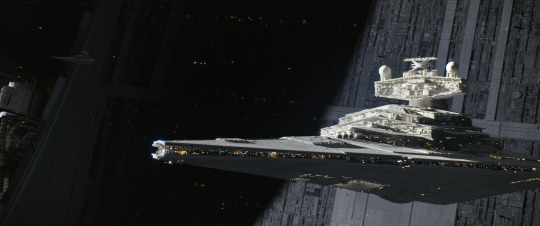
[divider type=”space_thin”]
The care that is taken with the special effects alone deserves a standing ovation. We expect the CGI to be impeccable and believable based on the speed with which technology has evolved since Episode 4 premiered in 1977… and it is. But Rogue One is absolutely faithful to the aesthetic of the original and contributors spent time in the Star Wars archives looking not only at the ships we see in this installment in greater detail, but also at seemingly innocuous details like the colors of clothing. There is no gap between this movie and Episode 4 in terms of look and feel.
But you don’t need to be awed by the care taken with setting to find something to love here. Even if you didn’t grow up with the franchise, the story is compelling enough to merit buy-in. There’ll definitely be moments in the theater when the hardcore fandom is giggling or doing that audible ooooh aaaah, but none of that is vital to the plot. As producer Kathleen Kennedy stressed, these are stand-alone movies, but I think the strength of Rogue One’s storytelling might convert a few newcomers.
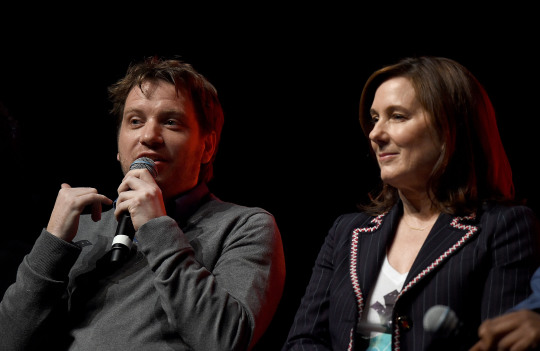
It helps that Edwards is a fan, but he doesn’t rely on his genuine enthusiasm for the franchise to carry this installment. Instead, he brings stunning fight sequences to the table. In order to do this, he studied actual aerial war footage. Star Wars has regularly brought the in-air battles to the big screen in thrilling ways, but Edwards’ approach here combined with innovative technology from Industrial Light and Magic make for aerial fighting sequences that are exhilarating. This pays off in authenticity, which in turn elicits real suspense and tension. Similarly, Diego Luna spent weeks with ex-military personnel in order to capture the essence of Cassian Andor, a morally complex captain working for the rebellion whose actions force the audience to question who and what they are willing to risk everything for.
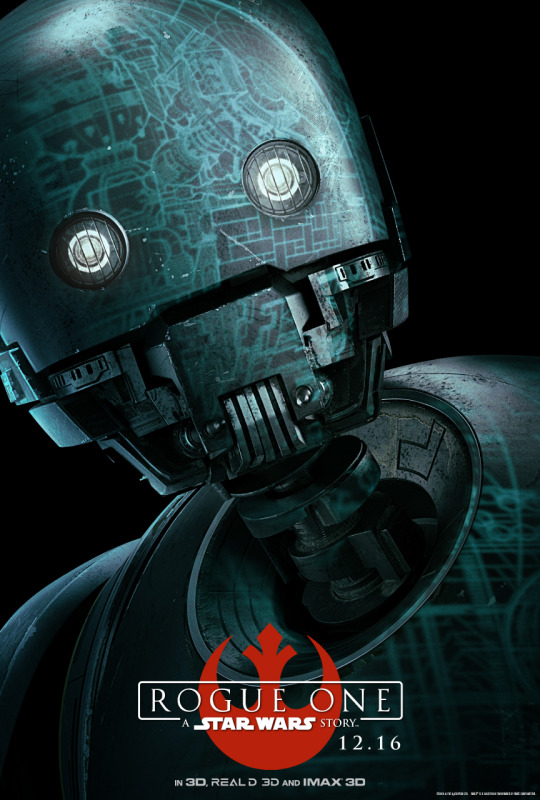
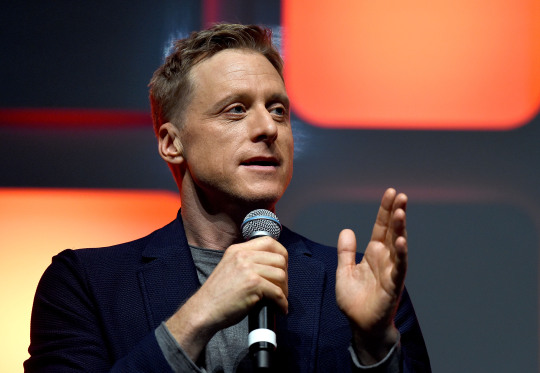
We get a counterweight to that tension with K-2SO, played/voiced by Alan Tudyk whose impeccable comic timing steals every scene he’s in. This is a droid who is both lovable and infuriating and, with Tudyk’s dry humor, is able to hold his own with the other iconic droids in the franchise. He might be my favorite droid in the the Lucasverse, honestly.
This is not to take anything away from the rest of the cast. Donnie Yen’s Chirrut Îmwe and Wen Jiang’s Baze Malbus give us another example of male companionship that we desperately need in our culture of toxic masculinity. The relationship between the two characters and the energy between the two actors brought an element of warmth that the movie might not have otherwise had. To sing Yen’s praises for his fight sequences is unnecessary because you already know. Or should. If you don’t, you will.
Having just binged em>The Night Of, the huge departure from that level of deeply political drama (and display of range) by Riz Ahmed in his role as Bodhi Rook, a somewhat anxious and jumpy pilot was fun to watch. It also was a reminder that this is still a deeply political film whether intentional or not. We are still dealing with a rebellion against an oppressive government bent on domination. These are outnumbered and outgunned people fighting. As Felicity Jones’s Jyn Erso says in the movie (and trailer), “We’ll take the next chance. And the next…” While this movie has been in development for years, its focus on the responsibility that each one of us has to change fight like hell couldn’t be more timely. It may act as a bridge for conversations with those who oppose such patriotic #BlackLivesMatter activists, by providing context to people who are not currently supporting those of us who are currently fighting for our lives under an unjust system.
There is so much done right with this film that I know I’ll see it again in the theatre and likely add the DVD to my collection. The notable diversity of the cast is not the least of its achievements. It’s a virtual college catalog cover. I mean just look at this cast…
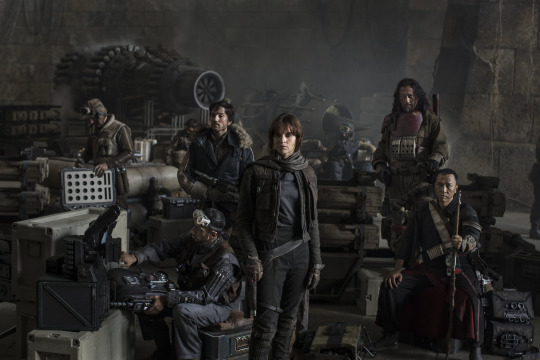
[divider type=”space_thin”]
No, seriously, look closer. Scroll back up and look closer.
Here’s where I get all in my feelings about the movie specifically and the franchise in general: why does diversity tend to include everyone but Black women?
I don’t want to misrepresent anything: There is a Black woman in this movie. Let’s play a game: can you find her in the picture below (the only real scene she has a part in)?
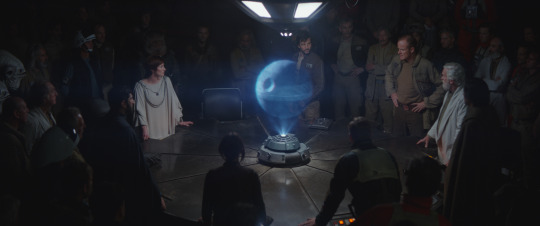
[divider type=”space_thin”]
In case you missed it, here she is in the trailer (You’re going to need to skip to 1:22 and resist blinking for at least 4 seconds):
BUT.
While the Star Wars franchise has included a very limited diversity historically…
and is, to their credit, reviving and enlarging on the Lando Calrissian role, it’s not enough. Especially when it can feel like tokenism. Again, I’m happy to have both Lando Calrissian, Finn, and Saw Gerrera on screen, BUT can I have more than one memorable Black person per movie?
AND can “person” not be automatically translated to “man”?
Where are the Black and Brown women in this version of the future? Why are we still invisible or relegated to glorified extras? How many episodes will it take until we get a WoC as a lead? Let me know so I can buy advance tickets for my grandkids.
It’s not like we haven’t had iconic Black women/WoC in space before:

But before you remind me that I’m a born and bred Star Trek fan and try to tell me that my biases are showing, here’s another:
Producer Kathleen Kennedy has said that she’d like a proven (read: directed a blockbuster movie) female director at the helm of one of the planned self-contained Star Wars stories because diversity is important in an industry with global import. But diversity, especially when gender is forefronted, usually means white women. Rey and Jyn are examples of this. At this point I’d bet money that the first female director is also a white woman because 1) every piece of historical evidence ever and 2) the bar for entry (having directed a blockbuster) is a lot like Bill O’Reilly growing up in Levitttown: how do I get to the American Dream if the thing that will give me access to it is inextricably tied up in already having access? Which is to ask, how many Black female directors can you name that have directed blockbusters? I’ll wait here while you look up Ava DuVernay on IMDB.
So if the chances are slim [lights candle and prays to Bast that I’m wrong] that we can get a Black/WoC behind the camera, what are the chances that we can get a Black/WoC in front of it as a lead? And here the odds are slightly better: there are Black and brown women who have proven that they are stars. Diversity doesn’t mean everyone except Black and brown women; if your diversity is that narrow, then it’s not diversity. Put another way by the incomparable Carrie McClain “erasure is a type of violence too.”
Because from here, it feels like the world that the directors, producers, and casting agents of Star Wars imagine – the world that the fandom supports – is a world where Black women don’t exist. Or barely exist. And that narrative is one I don’t need to travel to a galaxy far, far away to be force-fed.
Are you following Black Nerd Problems on Twitter, Facebook, Tumblr or Google+?


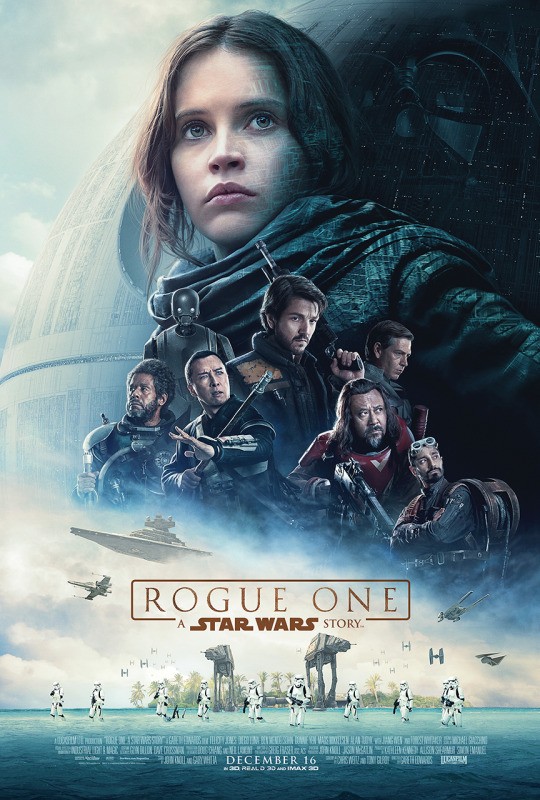

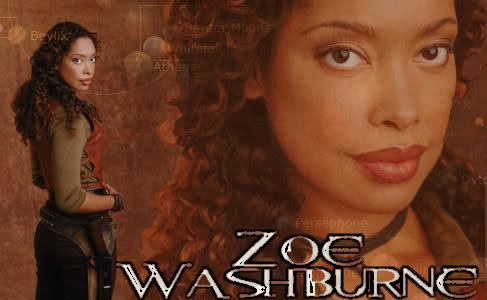
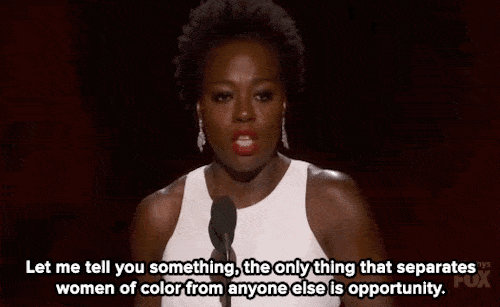
Show Comments